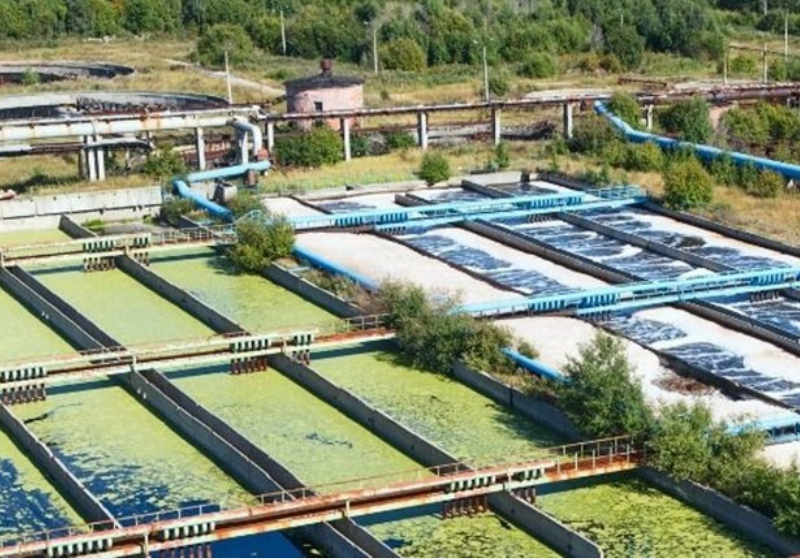Application of Biochemical Treatment
Biological treatment is the most widely used and practical technology in wastewater treatment process. There are two categories: one is called Activated Sludge Process, and the other is called Biofilm Process.
The Applications of Biological Treatment in Wastewater Treatment Solution
Activated Sludge Process is a form of aerobic wastewater treatment based on the biochemical metabolism of suspended biological groups. Microbes can form microbiota with large surface area in the process of growth and reproduction, which can flocculate and adsorb a large number of suspended colloidal or dissolved pollutants of wastewater, and absorb these substances into cells. With the participation of oxygen, these substances will be completely oxidized to release energy, CO2 and H2O. The sludge concentration of activated sludge method is generally 4g/L.
Biofilm Processd is that microorganisms attach to the surface of the filler to form a biofilm connected by colloid. The biofilm generally has a fluffy flocculent structure, many micropores, large surface area, and strong adsorption, which is conducive to the further decomposition and utilization of these adsorbed organics by microorganisms. In the process of treatment, the flow of water and the agitation of air make the biofilm surface and water constantly contact, the organic pollutants and dissolved oxygen in wastewater are adsorbed by the biofilm, and the microorganisms on the biofilm constantly decompose these organic substances. While the organic substances are oxidized and decomposed, the biofilm itself is also constantly metabolized, and the aged biofilm falls off and is taken out of the biological treatment facility by the treated water and separated from the water in the sedimentation tank.
The sludge concentration of biofilm method is generally 6-8g/L. In order to improve the sludge concentration and further improve the treatment efficiency, the activated sludge process can be combined with the biofilm process, that is, the filler is added to the activated sludge tank. This bioreactor, which has both biofilm hanging microorganisms and suspended microorganisms, is called the composite bioreactor. It has a very high sludge concentration, generally about 14g/L.
The Similarities and Differences between Biofilm Process and Activated Sludge Process
The biofilm process and activated sludge process are different reactors in the form of biochemical wastewater treatment . The main difference from the appearance is that the microorganisms in the former do not need the carrier of the filler, the biological sludge is suspended, and the microorganisms in the latter are fixed on the filler. However, the mechanism of wastewater treatment and water purification is the same.
Both biological sludge are aerobic activated sludge, and the composition of sludge also has certain similarity.
In addition, microorganisms in the biofilm process can form a relatively stable ecosystem because they are fixed on the filler. Their living energy and energy consumption are not as large as those in the activated sludge process, so the excess sludge in the biofilm process is less than that in the activated sludge process.
Wastewater biochemical treatment process is one of the most important processes in wastewater treatment system.
Compared with other treatment methods, biochemical method has the characteristics of low energy consumption, no dosing, good treatment effect and low treatment cost.
#QDEVU #WASTEWATERTREATMENT #SEWAGETREATMENT #WATERTREATMENT



